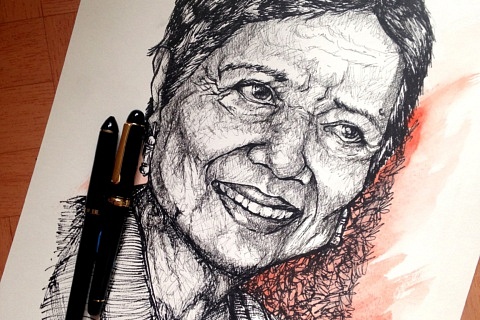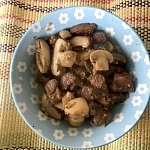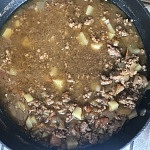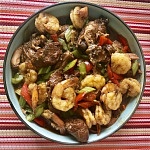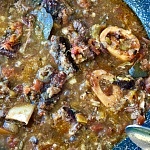Yes, he’s Blogster.com’s resident World Lit. Professor teaching at Chico State University (CSU). In an effort to teach his students more about world culture he also introduces them to blogging with a reasonably mixed community coming from different parts of the globe. It opens his students’ minds to lives, opinions and ideas other than their own.
It started back in 2006 when CSU’s professor, Rob Burton decided to use social media to aid in educating students. There are three reasons as to why he does this:
1) Students are encouraged to develop an authentic style or “voice.” : Yes we have facebook, google plus and twitter as the main social media tools that kids use nowadays. Yet, how can you truly express yourself in 140 words for twitter? Or in a newsfeed for facebook or a post in googleplus? I guess the best way is to use a blog. A social blog – preferably one with an existing community. So yes, they have to learn how to really blog – not just write a report, but blog!
2) Students write to a world audience: Blogster has members from different countries. We see the world in different ways. And ooooh the controversies these students face from time to time!
3) Students can now enjoy using a visual and verbal medium.
Actually the professor explains it better in his blog.
Posting on blogster or any blog for that matter, means welcoming an exchange of opinions.Positive or negative, those opinions matter. The students are made to be aware of this. The entire point of using blogster instead of groups or educational message boards is that these students should learn to discuss about the topic of their choice.
I wanted to be able to add a little ‘sunlight’ into my painting so I did a few things differently for this one:
- I washed the paper twice with water. It made the paint go on smoothly.
- With the third wash I used Holbein’s Permanent Yellow Lemon as a base color for everything – including the sky. I made it very thin on areas where light fell and on the sky. I made it dark where the shadows and dark area would be. I realized that in doing so, the blues turned into greens. I will try a different base color next time. Or use a much thinner layer of yellow.
- After doing the third wash with pigment, I waited an hour for the painting to dry up completely. I don’t have a hair dryer so, I propped it in front of a fan as I finished my tasks for the day.
- Then I started doing the flesh tones, starting with the lightest then ending with the darkest, waiting at least 15 minutes before adding each colored layer. This is a bit different because I would ‘smoothen’ out the brush strokes using a wet brush. I kept blending each layer to make each transition smooth.
- The yellow base color is still visible but faint. The sun is behind him and it lends a faint glow. I gave the painting a final thin wash of crimson for the skin tone and payne’s gray for the clothes. I noticed that when this painting is viewed in daylight, the yellow undertone is hardly visible. But since the scanner’s light is white – I wonder if that is why the color’s a bit muted.




